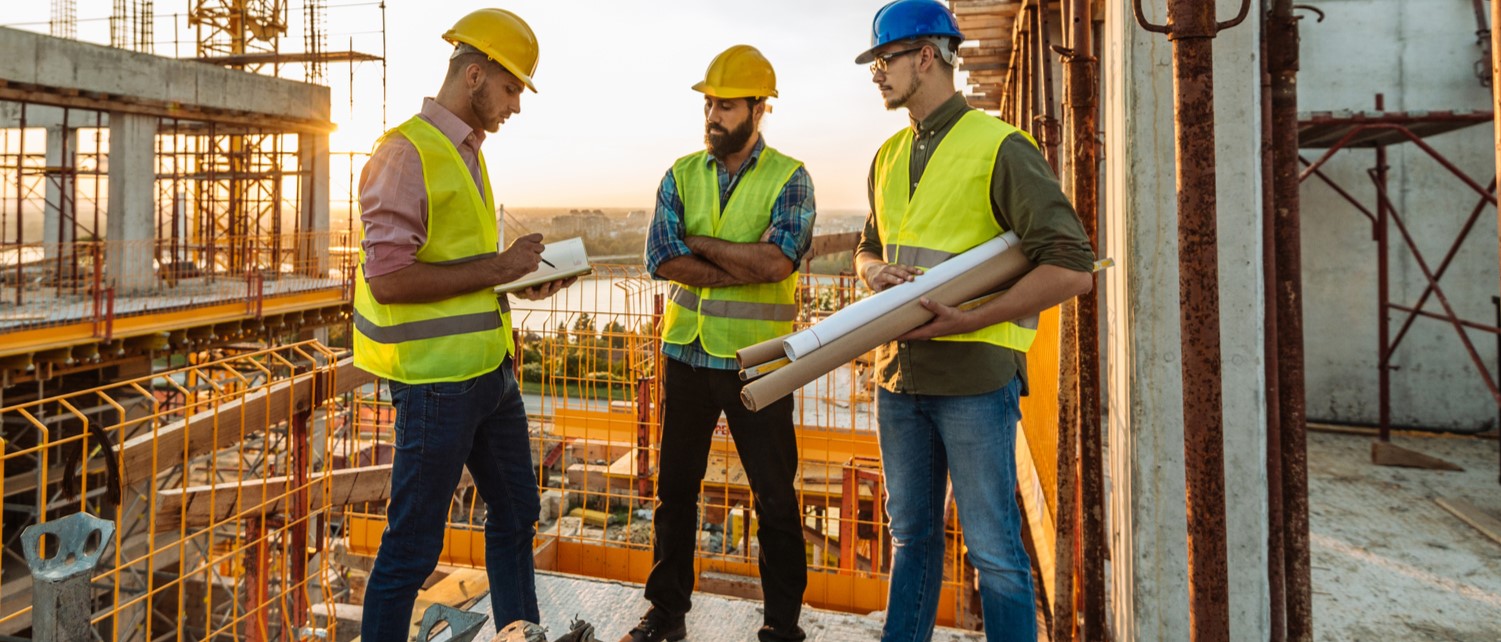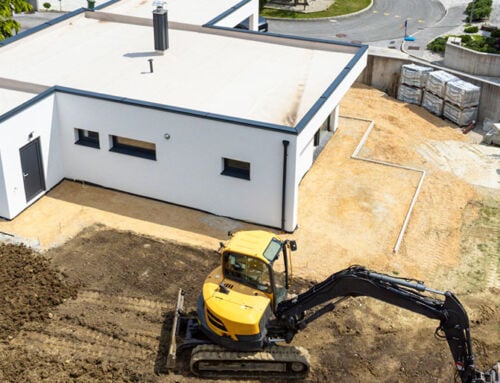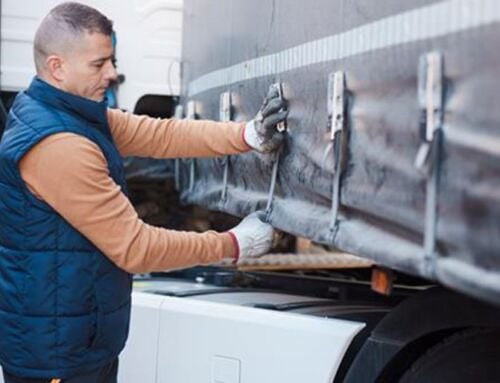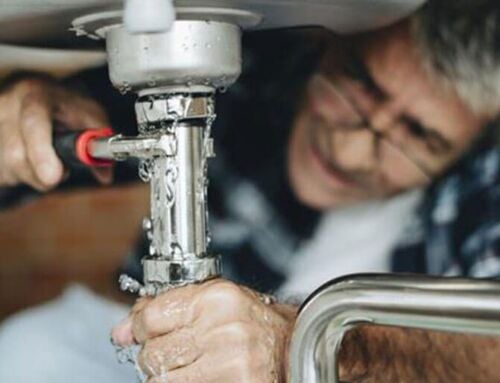The construction industry employs over 1.6 million people in Canada, and contributes about $151 billion to the Canadian economy annually, according to the Canadian Construction Association. As construction projects become larger and more complex – ranging from buildings and bridges to roads and facilities – construction site management has evolved into a more multi-faceted system.
With rapid growth, having better site controls and workplace practices is essential to mitigating risks. To help you meet this demand and streamline the processes behind construction projects, we outline some key tips to help you run a well-managed jobsite.
Three tips for a well-managed jobsite
Material storage on the job site
Due to restrictions in site space, it’s important to plan ahead to help manage material storage effectively. Construction site managers must have a clear understanding of how materials are going to be delivered and dispatched to ensure a smooth workflow once the project gets going. Consider these tips to help make your storage processes more efficient:
- Reduce fire exposure by considering suitable locations for material storage (e.g. away from the building).
- Prevent theft by limiting storage—only the necessary materials and items should be stored.
- Ensure material storage does not block vehicle access to the site (this is especially important in case emergency response vehicles need access).
- Maintain detailed records of all materials that are ordered and delivered by suppliers.
- Make use of detection and alarm systems to secure areas and protect the compound. This will help reduce the risk of theft.
- If tools and equipment are remaining on the job site overnight, store them in lock boxes in a secure location.
Waste and debris removal
Maintaining a clean and safe construction site is crucial, but the process of cleaning up a job site and hauling debris can be time-consuming. Whether the site is part of a remodel, demolition, or new construction, we recommend implementing safe and environmentally friendly disposal methods, including:
- Remove debris from the site on a regular basis.
- Look for ways to recycle salvageable materials and provide container services for larger projects.
- Store debris away from the building in a secure area to reduce fire hazards.
- For disposal of combustible materials, clothing, oil-soaked and paint-saturated rags, and other types of waste, have metal waste bins on site that are equipped with self-closing covers.
- Avoid burning garbage and other items on site.
- Only buy enough raw materials needed for completing projects to prevent debris from unused materials and to help reduce waste.
Housekeeping
A housekeeping program is crucial for maintaining job site safety and efficiency. Poor housekeeping can lead to a variety of risks and accidents on a job site. But when used appropriately, housekeeping can help eliminate fire hazards, lower worker exposure to hazardous substances, decrease the number of accidents, and reduce the risk of property damage. Consider integrating the following housekeeping measures into daily tasks:
- Keep a detailed checklist of tasks outlined in the housekeeping plan. This will give workers something to follow and sign-off on.
- Pay close attention to the site layout and landscaping. Long grass and weeds are a fire hazard, so it’s important that landscaping is maintained.
- Remove or safely store combustible waste materials from the site. This is especially important as combustible materials are a fire hazard.
- Fill in muddy areas with gravel and boards or plywood to walk on.
- Ensure loose materials that are being used in higher places (such as a roof) are secure.
- Keep stairways, ladders, and scaffolds free of obstructions, as it’s important for workers to be able to enter and exit these areas with ease.
- Always go back and review the plan—make modifications based on newly identified hazards, changes in work practices, or improvements in training.
- Enforce a no smoking policy on the jobsite and post “no smoking” signs throughout the area. This can lower fire risks, and it’s important to comply with local legislation and by-laws.
Protect yourself and your construction business
Effective construction site management helps protect material resources and the various people involved in the project. However, even the best-managed sites can face unexpected challenges. That’s why it’s important to invest in comprehensive coverage to ensure that your business is protected. Learn more by visiting our Contracting Insurance page today!
This blog is provided for information only and is not a substitute for professional advice. We make no representations or warranties regarding the accuracy or completeness of the information and will not be responsible for any loss arising out of reliance on the information.







